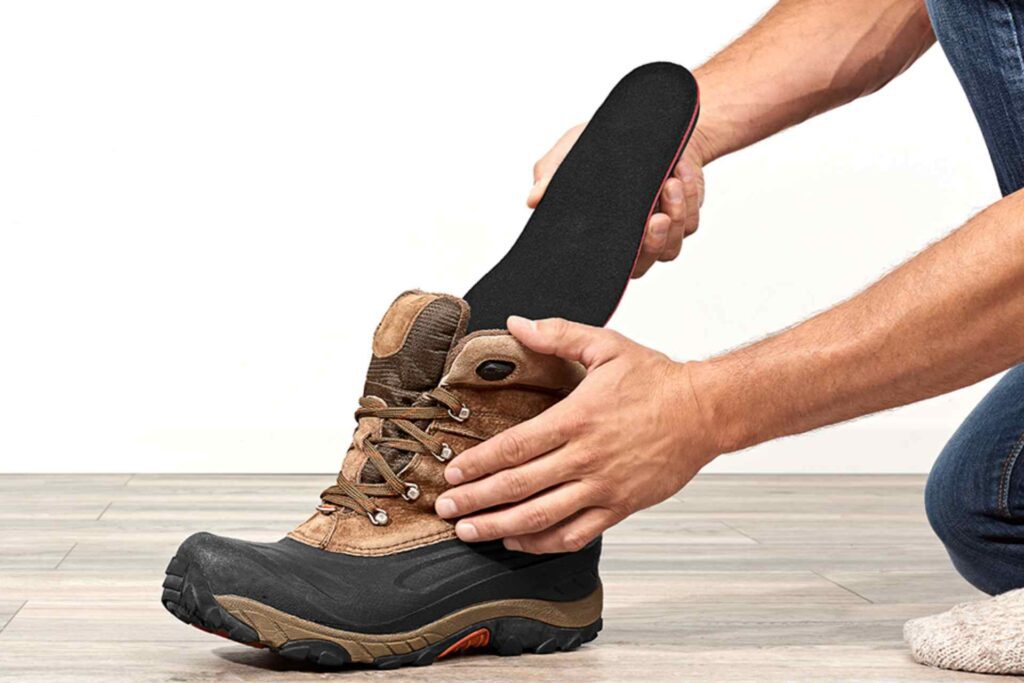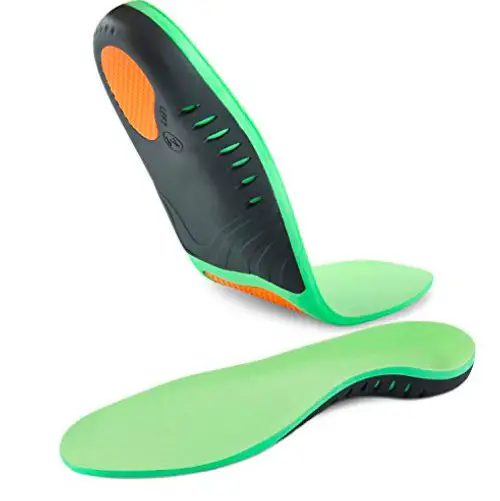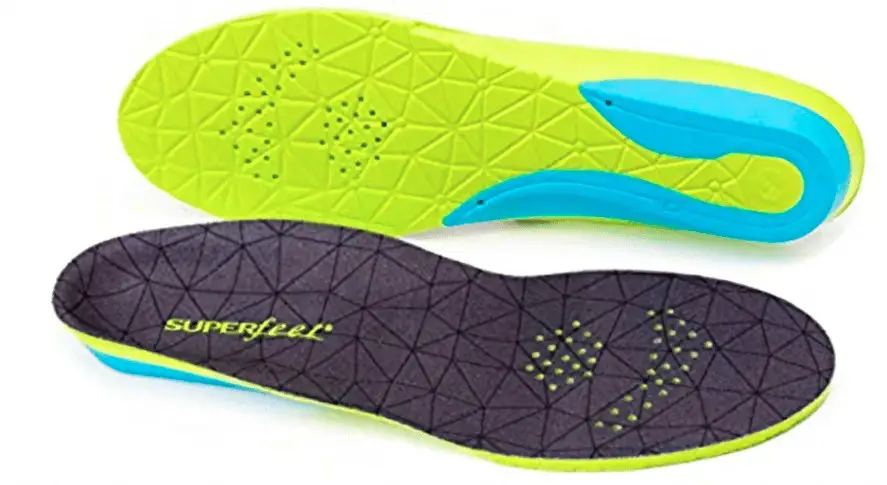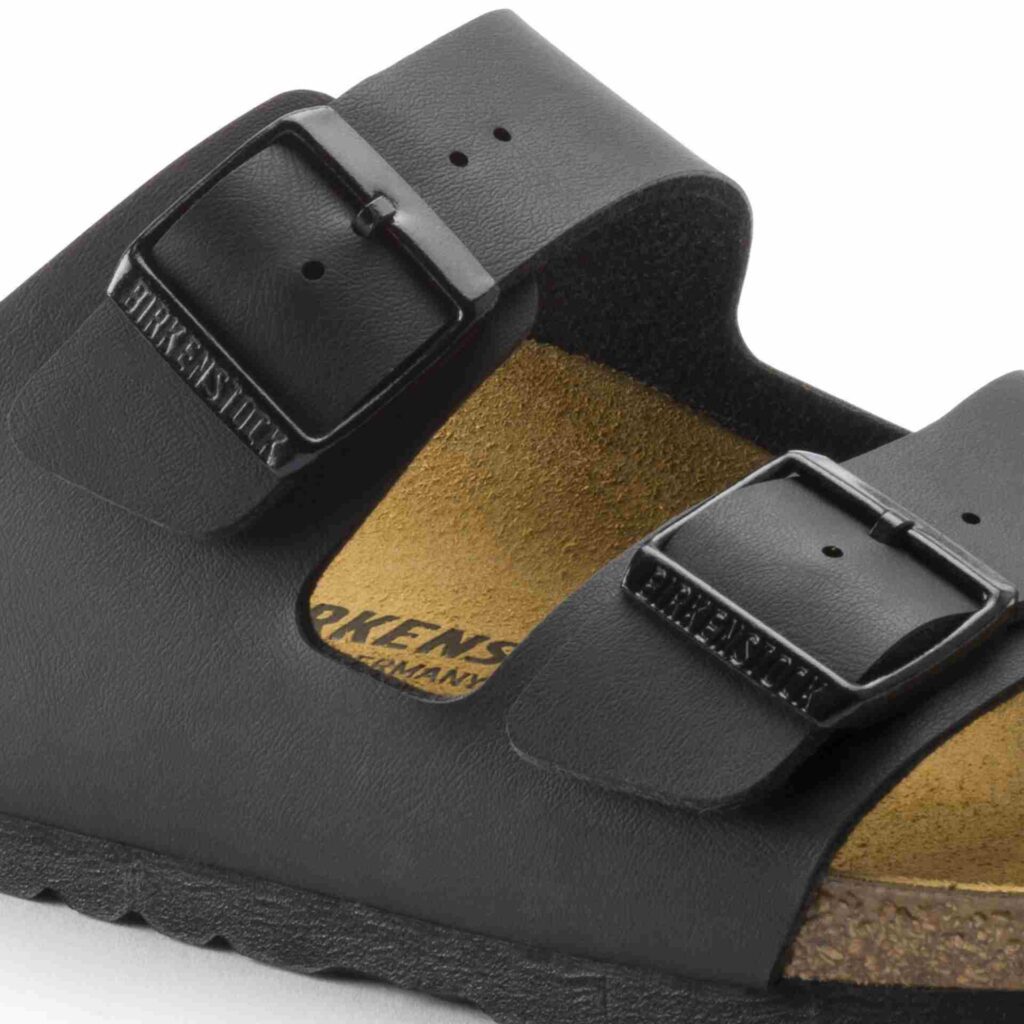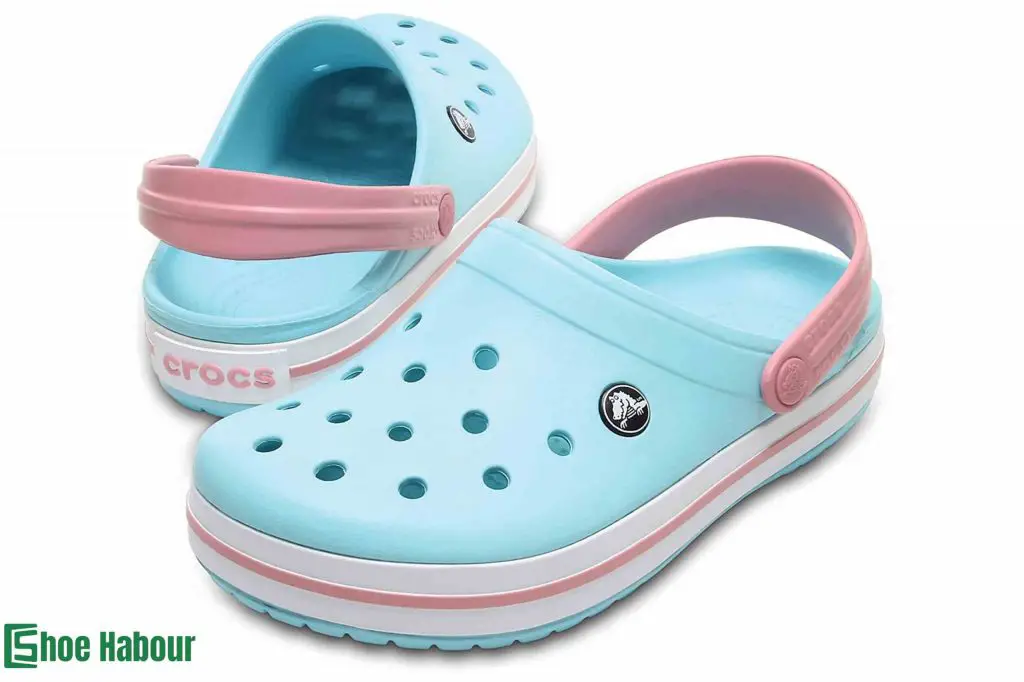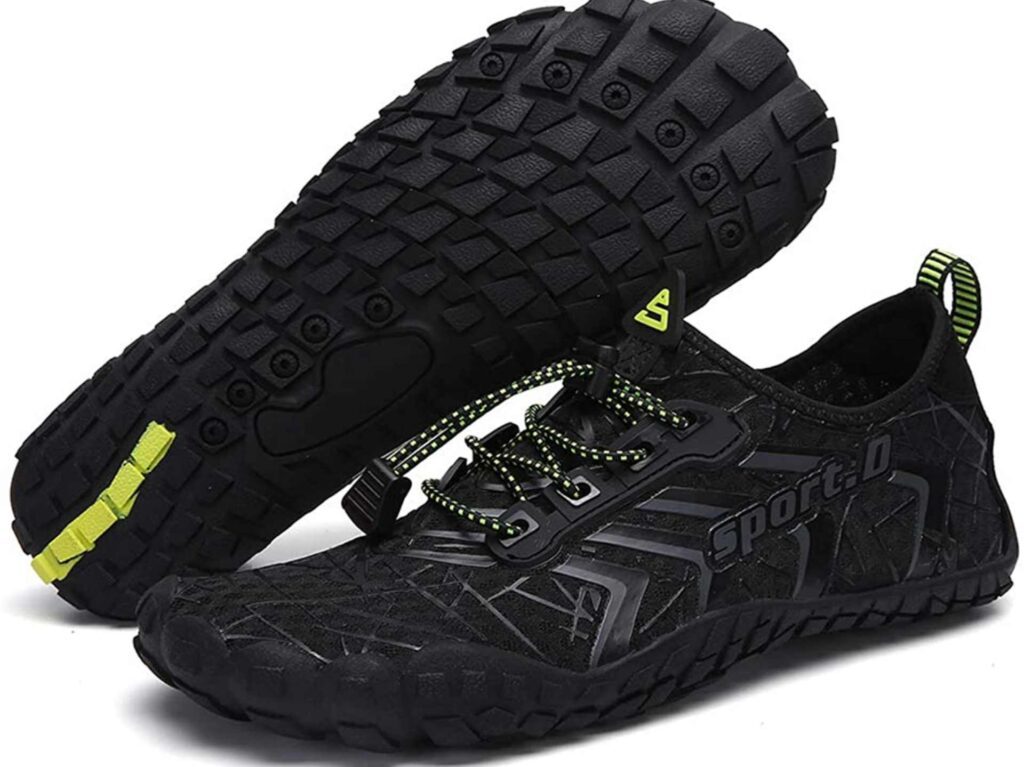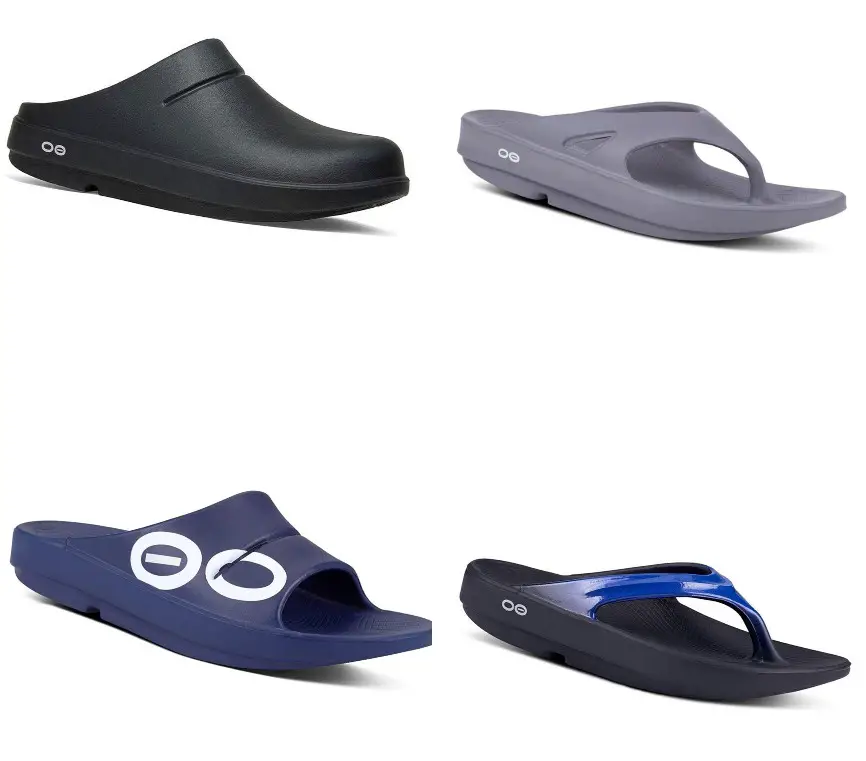If you are like hundreds of others, you probably wear the same pair of work boots every day without giving much thought to how often you should swap the insoles.
But did you know that swapping out your insoles regularly is an essential part of taking care of your boots?
In this blog post, we’ll discuss why it’s essential to swap your work boot insoles, and we’ll also offer some tips on how to do it. So read on to learn more.
How Often Should You Replace the Insoles of Your Work Boots?
Did you know that your insole is a living thing, and they lose some of their properties and effectiveness with time?
Most of us think about replacing our work boot’s insoles at this particular stage.
The general rule is to change your work boot’s insoles between six to nine months if you use high-quality insoles. However, if you wear them daily without any break, the insoles should be changed for three to six months.
Nevertheless, various other factors can change the time period, such as how frequently you utilize them and the work type also determines the insole’s longevity. Preferably, you need to replace your work boot’s insole between 6 to 12 months if you are using them daily.
You might not know about it, but certain telltale signs indicate the need for the change, even if you have the most comfortable work boots. The following is an example list with common indicators:
Signs to swap your work boot Insoles
Below are some apparent signs which indicate that you need to change your insoles with the new pair of insoles:
1. When your Insoles are damaged
All users can identify the damaged or worn-out insoles. If you see any cracks or see that your current pair of insoles are torn-out, then it’s time for replacement so that you can wear your work boots confidently and prevent your feet from blisters and other similar issues.
Never use a damaged insole with your work boots, as they will not offer the same level of protection and might affect your overall productivity at the workplace.
2. If the insoles are fading
If you see color fading on your existing pair of insoles, it’s time to think about the new pair of insoles.
Apart from this, if your existing insole’s logo and the heel areas have become too stiff, then it means you need to think about the replacement.
3. Too much or strong odor
Does your existing pair of work boot insoles smell terrible at the day’s end? If you cannot remove this foul smell, we recommend you change your insoles.
Smelly insoles indicate the presence of underlying bacteria or growth of other microbes, and the moisture trapped in your work boots becomes their breeding ground.
4. Are you wearing compressed insoles
Are you wearing compressed or flat insoles? Using such insoles will be useless because a compressed or flat insole will never deliver your feet the required cushioning and support.
Hence, if you were using compressed insoles, you should replace them with new and supportive work boots insoles.
Factors that Affect Insole Replacement
Just like your boots, the shoe insoles have a limited working life. Eventually, all insoles will wear down with time and usage, and mainly this depends on these three factors:
1. The quality of the insole
We have noticed that some high-quality counter insoles last longer than those made using low-quality materials.
If you opt for a full-length insole for your work boots, you will need high-quality insoles; you will have to swap them within six to twelve months, depending on your precise needs and usage.
Lower quality insoles are only supported for your feet for up to a few days or for one month, but eventually, they will be worn out, and you will have to replace them.
2. Your work nature and activity
If you only use your insoles for routine activities, chances are that they will last for up to two months.
However, if you often walk in them or use them for various other activities such as running, wear them while working, or for other vigorous activities, you must think about replacing the insoles of your work boot in every three to six months.
3. Frequency of use
It is apparent that the more you use your work shoes, the quicker you will replace your insoles. However, if you use them only during particular tasks, they will work more than usual.
FAQs
Which is better: gel or memory foam insoles?
Both types are reliable, and it depends on your preferences and needs. Gel insoles are primarily made to provide high-intensity shock absorption.
On the other hand, Memory foam insoles have less weight, and overall they are semi-rigid, mainly used to correct your body posture.
Do insoles hurt initially?
Usually, insoles also have a short break-in period like your boots. Generally speaking, you might find them a bit uncomfortable only for the first 30 minutes to an hour after they feel comfortable.
Any longer than this means that your chosen insoles are not up to the mark or not fit for the purpose.
How to choose a supportive insole for your work boots?
Not all Insoles are created equal. Therefore if you are shopping for one keep these points in mind.
- Always prefer the thin insole for your work boots as they will allow you to move freely without any restrictions, and your toes will have enough space to wiggle around.
- Ensure that it fits fine. While buying a pair of insoles, ensure to verify and check its specifications.
- Get the insoles that serve your exact needs. You will find all-purpose insoles in the market, but they will be useless if you want them for a specific purpose.
Related Posts
Leather Sole Vs Rubber Sole: Which is Better?
Birkenstock vs Crocs: Which is Better?
Camp Mocs Vs Boat Shoes: Differences, Pros & Cons

